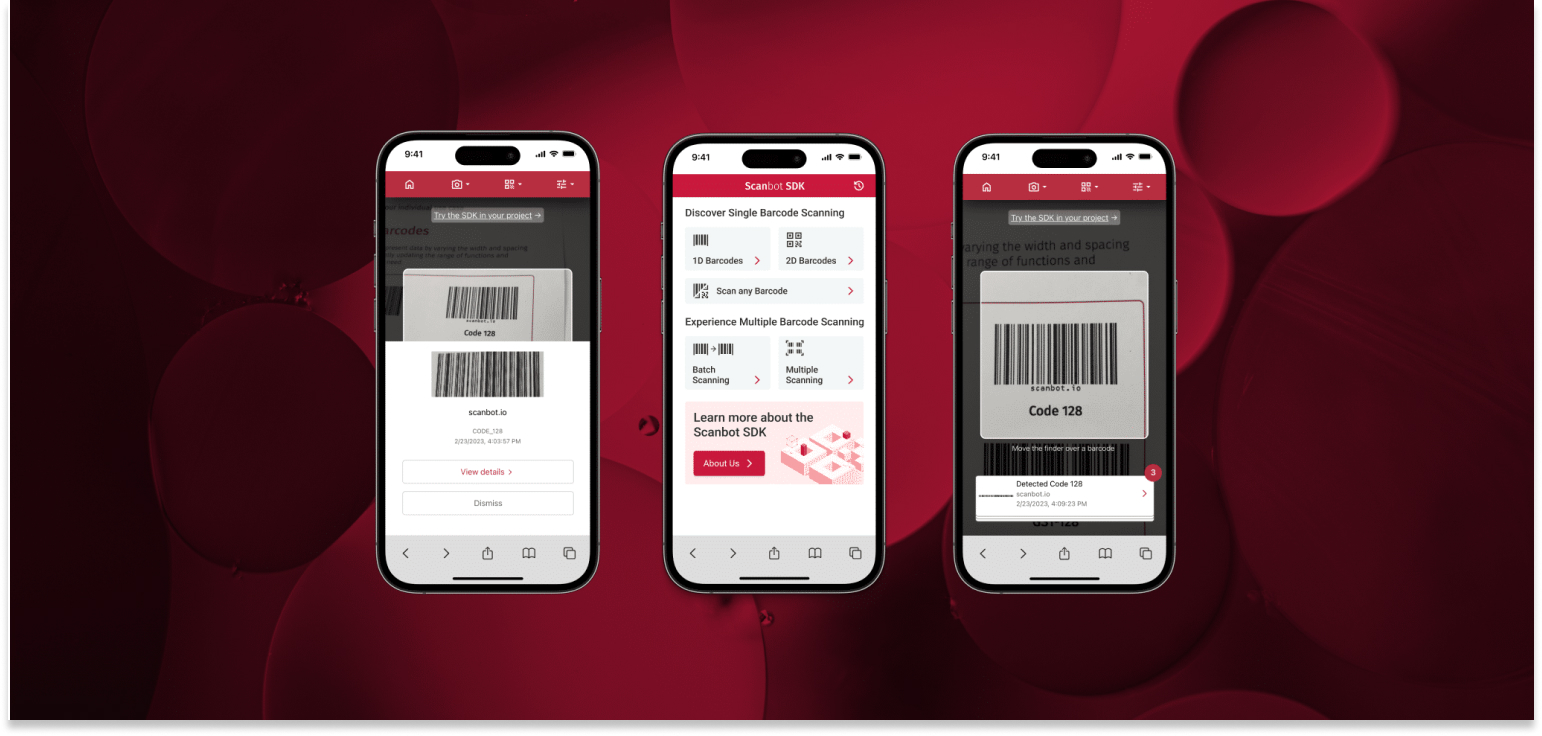After a decision has been made in a “make vs. buy” analysis not to develop a software component in-house but to procure it from third-party providers, the various offerings must be evaluated to find the provider with the best overall package. Various aspects need to be examined, such as the range of functions offered, the required integration effort, the support provided, and the respective license model. Nowadays, the vast majority of providers rely on annual license fees. Yet, there are differences in the composition of the respective final price. Fixed-price and volume-based models are the most common. But which approach is most suitable for your individual needs? Learn more in our latest blog post about SDK pricing.
What is the difference between volume-based and fixed-price models?
First, let’s define the two most common pricing models to provide a basis for comparison. Volume-based approaches, as the name suggests, are charged based on variables, e.g. monthly active users (MAUs), the number of active devices, or based on the actions performed via the SDK. So in addition to the base fee, there are payments for the aforementioned variables, often as well as for setup, support, new features, or updates.
In contrast, the costs for a flat license model are defined in advance and are completely independent of volume-based variables. The Scanbot SDK, for example, is sold with such a license model. In addition to extensive support from our developers via Slack and dedicated Customer Success Managers, this also covers any updates and bug fixes during the license period. There is no installation fee, nor are there any costs for additional devices or users. The price is determined exclusively on the basis of the booked functionality and the number of apps.
Why fixed prices are usually the better choice
If your project requires an accurate calculation of the costs caused by the licensed third-party component, software offered with a fixed-price license is the right choice. There are no hidden costs here, just as there are no unexpectedly high fees due to a sudden increase in the number of users or scans. The success of the functions in the app, i.e., high usage by users, is not “punished” by high and variably increasing costs.
You can also make unrestricted use of consulting and customer service here; we will accompany and support you on your way at all times without incurring any additional costs in the process. Not only do you benefit from this exchange, but also our team gains inspiration from the exchange with industry experts. We pass on the results of these insights to you in the form of regular updates for a wide range of use cases and best practices.
However, for specific use cases, volume-based licenses can also offer advantages. In particular, if the required feature is set to only be a marginal part of the application, or the app’s user base is and will remain fundamentally small, volume-based pricing models are worthwhile to keep costs as low as possible. However, in doing so, companies risk a significant increase in costs, which can arise due to user errors, growing user numbers, or a restructuring of the workflow carried out with the app.
In summary, as a rough rule of thumb, volume-based licensing models tend to be advantageous for smaller use cases. For a high frequency of use of the purchased software component, fixed-price models are ahead. The number of users and the transactions they generate, e.g., scans, must therefore be carefully weighed up beforehand to determine the optimum solution for the individual use case.



